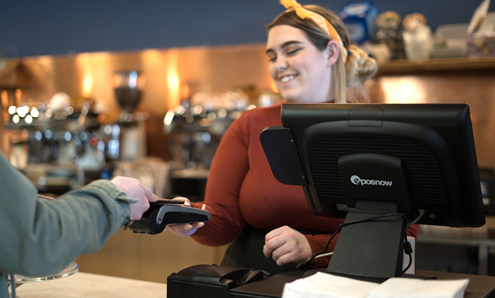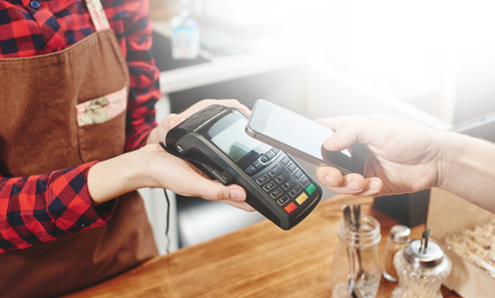A guide to payment methods: how to choose the right one for your business
17 July 2023 | Published by Jodie Wilkinson
These days, the world really is your oyster when it comes to paying for anything and everything. In a rush? Tap your contactless card and go. Forgot your card? Pay with your digital wallet!
But, with so many choices, your head might be getting in a spin when it comes to understanding all of the latest technologies and options.
So, we’ve taken the hassle out of the mix and put together a guide to some of the most popular payment methods on offer today. We dig into how they work and what benefits they can offer your business and your customers.
What is a payment method?
A payment method refers to the various options available for customers to make payments when purchasing a product or service. Whether in a physical or online store, payment methods cover a range of choices. Commonly accepted payment methods include cash, credit cards, debit cards, gift cards, and mobile payments.
Customers can select their preferred payment method based on what’s the most convenient and their own personal preference. These payment methods facilitate transactions and ensure a smooth exchange of value between buyers and sellers.
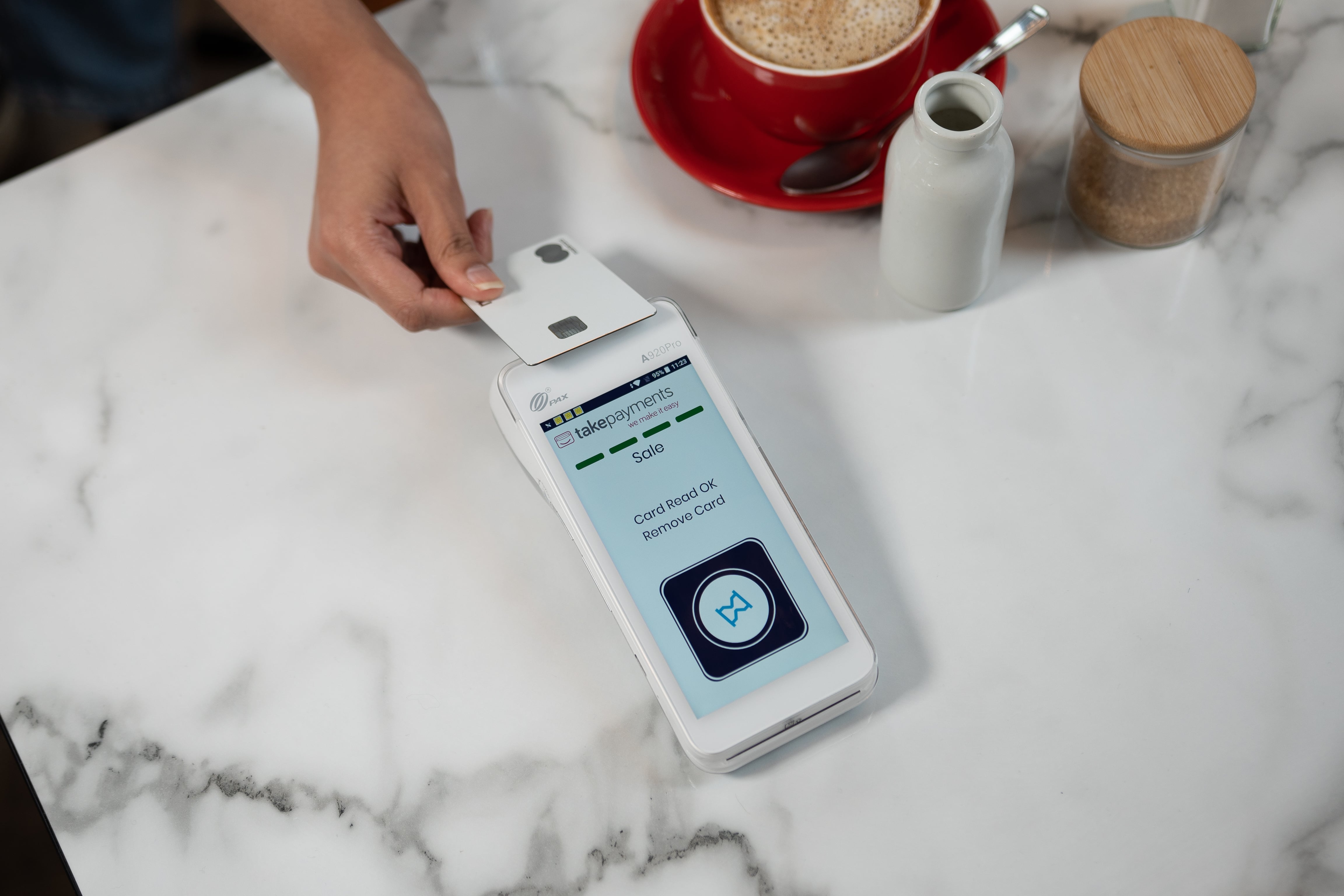
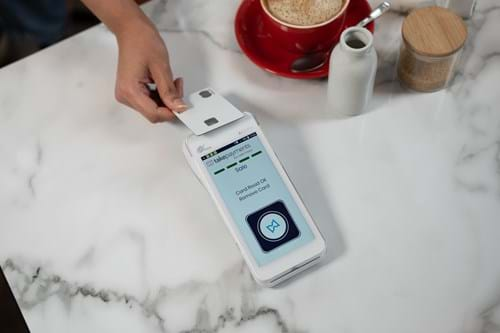
The benefits of payment methods
As a small business, providing your customers with various payment methods can offer several benefits — for both you and your customers.
- Increase sales — Studies show that 1 in 10 shoppers abandon their cart if there aren’t enough payment options available. So, by having a range of choices for your customers to choose from, you can reduce purchase barriers and capture sales that might otherwise be lost.
- Boost customer satisfaction — By giving customers a way to pay that best suits them, you can increase customer satisfaction which is vital for building long-term relationships and fostering repeat business. Shoppers appreciate the flexibility to choose their preferred payment option, whether it's a credit card, mobile payment app, or cash.
- Decrease the chances of fraud — Research shows that eCommerce fraud losses grew by 16% in 2022, costing merchants over $41 billion across the globe. To reduce the chances of online payment fraud, businesses can choose the payment methods that best match their risk preferences. Typically, the stronger the level of customer authentication, the lower the chances of fraudulent payments.
- Competitive advantage — In today's landscape, businesses need to differentiate themselves and stand out from their competitors. Offering a wide array of payment options can be that edge that turns a prospect into a customer.
Different types of payment methods
By card
The world of card payments has sprouted various options for shoppers, from debit to credit card and contactless to chip and PIN. Here’s an intro to the ways that customers can pay by card.
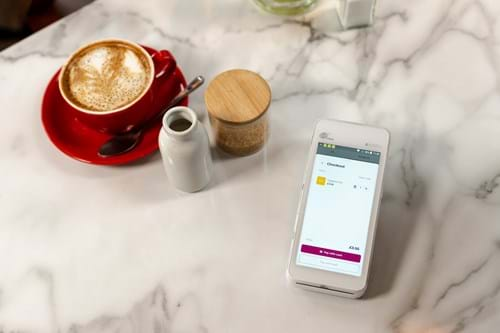
1. Debit card
A debit card is connected to a cardholder’s bank account and gives them access to directly access any funds within that account. If a customer tries to pay with their debit card or withdraw money via a cash machine, they will only be able to if there is sufficient money in their account.
There are three main types of debit cards:
- Visa
- Mastercard
- Maestro
All three varieties of debit card function similarly: the customer pays with their card through a card machine (via chip & PIN, contactless, over the phone) or online, and then the money’s withdrawn directly from their bank account. This usually happens on the same day, but in some cases, it can take 48-72 hours.
2. Credit card
Credit cards are used the same way as debit cards, but the key difference is that customers are paying with money they’ll have to pay back at a later date.
When someone takes out a credit card, they’ll be given a credit limit — a maximum amount that they’re allowed to spend — and when they use it, they’re agreeing to pay back the balance, sometimes plus interest.
The three most common credit card issuers are:
- Visa
- Mastercard
- American Express
Like debit cards, credit cards let people pay online, using chip & PIN, contactless or over the phone. Credit cards provide extra value to shoppers because they can be useful for splitting the cost of higher-value purchases over time. However, this comes with the risk of people spending money they don’t have and might struggle to repay.
Credit and debit cards can be a useful alternative to carrying cash, and research even shows that people spend up to 100% more when paying with their credit card as opposed to cash. Businesses also don’t have to worry about the risk of accepting counterfeit money or having lots of cash on the premises.
3. Prepaid card
Prepaid cards are another alternative to carrying cash. They’re similar to debit and credit cards in that they can be used for online and in-store payments via chip and PIN and contactless, but the cardholder doesn’t need a linked bank account to have one. Instead, the card is already loaded with funds and can be topped up when needed.
Essentially, they offer the owner the flexibility of other plastic options without the risk of running up debts. However, there may be associated fees for the user.
Only adding certain funds to a prepaid card means that it's much easier to control how much the user is spending. This makes them a common choice for young people who may not have their own bank account yet. The minimum age limit for prepaid cards varies across providers, but there are prepaid cards available for ages 6 and upwards.
4. Contactless
Most plastic cards issued today are eligible to be used for making contactless payments, which is a method of payment that doesn’t require the cardholder to enter their private PIN code when making a payment. Card machines with contactless technology can read the card payment information from a close distance, so shoppers can simply tap and go.
Thanks to their speed and ease of use, contactless payments are on the up. In fact, our research on how consumers prefer to pay found that contactless is currently the most popular payment method in the UK, with nearly half of shoppers (48%) opting for contactless. And in the 12 months up to April 2023, contactless transactions increased by 25%.
Contactless payments can be made with a credit, debit, or prepaid card, or by using a smartphone. The downside to this method is the concerns over how easy it would be for a thief to spend money using someone else’s card, and for this reason, contactless card transactions are limited to £100.
By phone
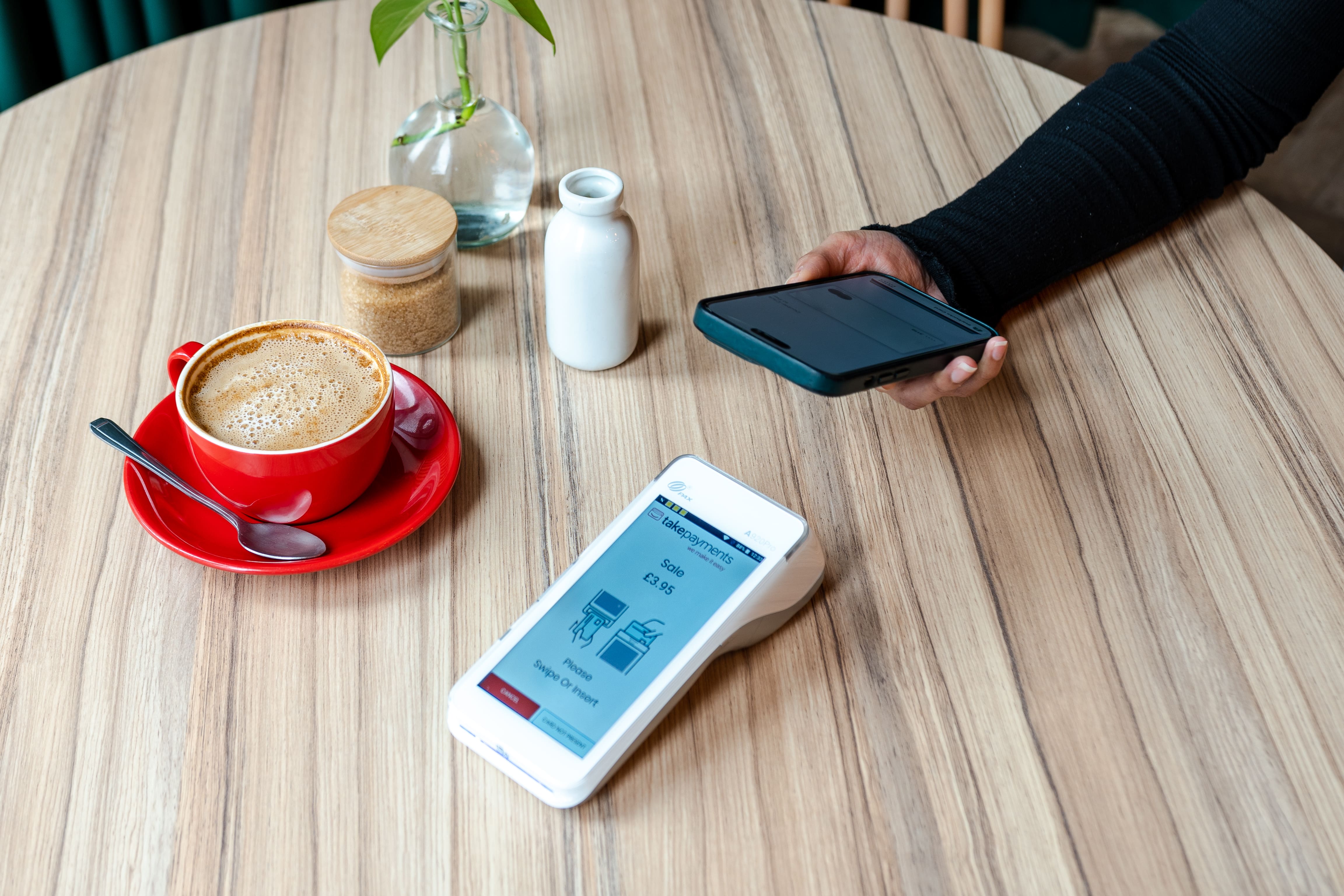
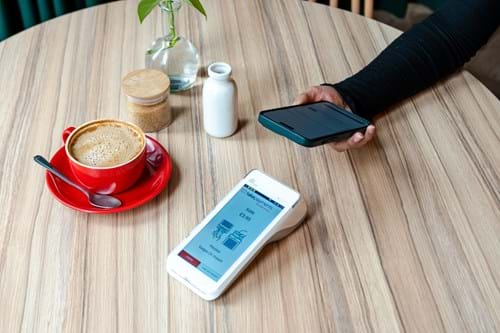
There are two ways people can pay using their phone:
1. Digital wallets
Digital wallets, or e-wallets, are applications that store payment card information on a smartphone or wearable mobile device. This essentially turns their phone or device into a ‘wallet’ and gives it the capabilities of a contactless card, allowing them to make contactless payments with compatible card readers.
With this method, extra security measures can be implemented to make contactless transactions more secure. For example, biometric requirements like fingerprint or facial recognition may be needed to confirm payment.
The technology works using Radio Frequency Identification (RFID) and Near Field Communication (NFC).
Apple Pay, Android, and Google Pay are all types of digital wallets, which came out as the second-most popular method of payment in our research, with 20% of all shoppers opting for mobile payments.
3. Phone payments
People can also give their card details out while on the phone to make a payment, which, for you, is a great way to accept payments from afar.
This works using a virtual terminal: customers give their details and you pop them into the terminal on your end. Virtual terminals are equipped with the latest security and can be used with all major credit and debit cards.
Despite this being a convenient option for businesses to take card-not-present payments, there are concerns that phone payments don’t have the same level of security as other methods. Businesses reported 3,412 phone-fraud incidents to the police between March 2022-2023, resulting in a total of £101.7 million lost by organisations to phone-related fraud.
Find out how you can safely accept payments over the phone here.
Online
With internet speeds becoming faster each year and the world turning to digital solutions for everyday problems, it’s no wonder that online payment methods have become increasingly popular. Don’t just take our word for it: when reviewing the number of transactions across our takepayments merchants, we found that ecommerce payments increased by 21% in Q1 2022 vs 2023.
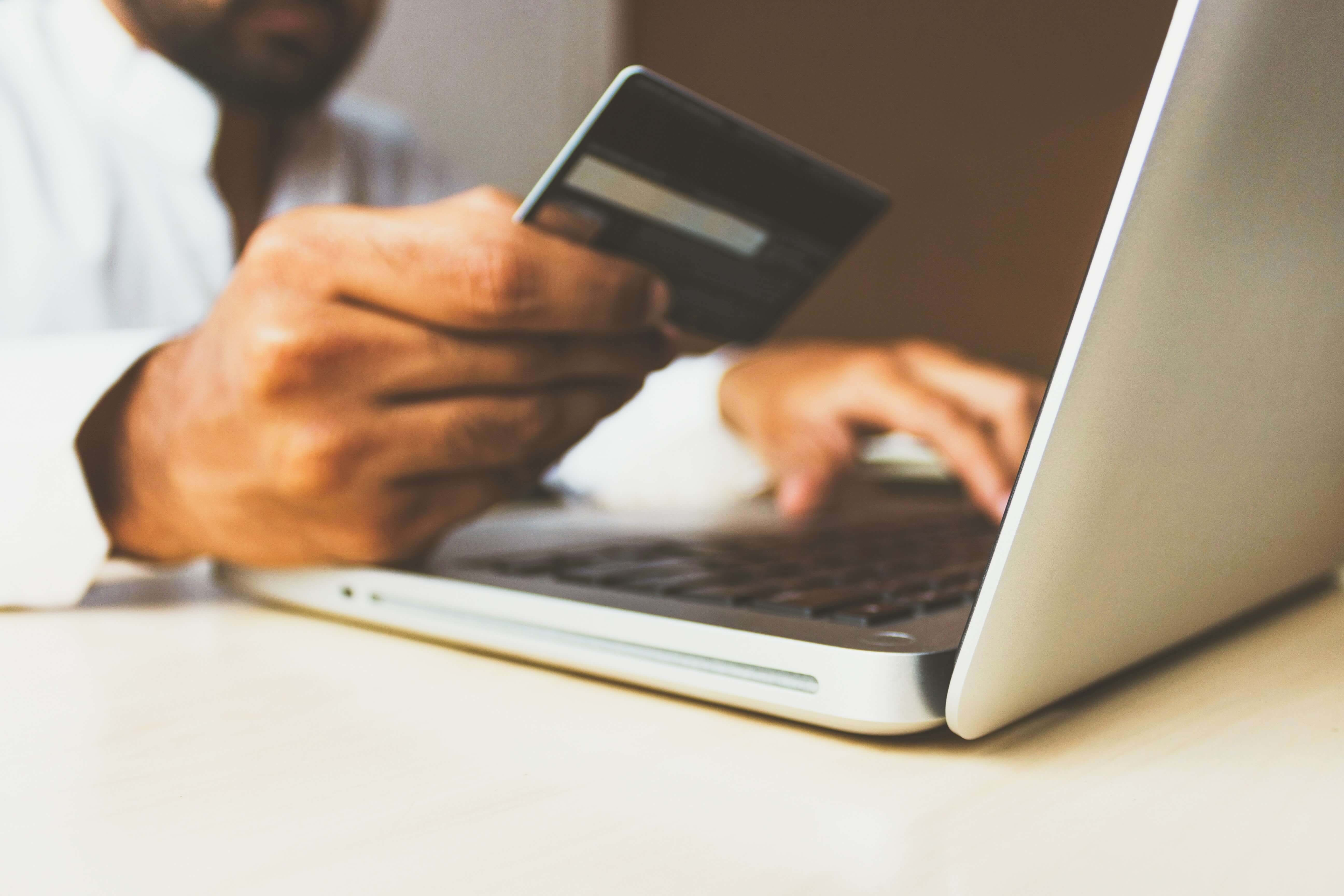
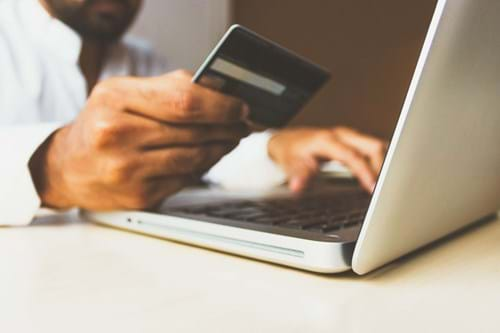
1. Online banking
Online banking or Internet banking can be used to make all sorts of payments. It allows users to directly transfer funds from their account to another, provided online banking has been set up on their account and they have the correct payment information for whomever they’re sending money to.
Through online banking, users can set up direct debits, standing orders, and one-off payments to family, friends, or businesses. Online banking also works the other way around too; users can also receive funds from others.
The benefits of online banking are that it’s a free way to safely send and receive large amounts of money from trusted sources. As it’s all done electronically, it can be completed remotely via smartphone or on a computer and users won’t need to handle any physical cash.
2. Email
A simple and straightforward way for a customer to pay for goods online is via a link sent in an email. The person selling the goods (i.e. you) creates a custom link, sends it to the customer and once it’s opened, they’re taken to a secure payment page where they can complete the transaction without the need for any interaction.
Pay by link options accept all major credit and debit cards and can take the hassle out of paying for goods or invoices — just make sure your emails look legit, otherwise, people might be wary about handing over their details.

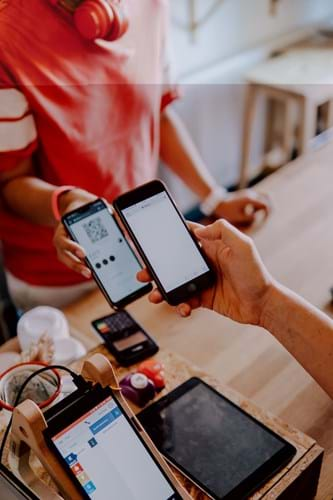
3. QR codes
Making a payment via a quick-response (QR) code works by a customer scanning a QR code on their mobile device, which takes them to a secure online checkout page where they can create their order and pay. Customers are usually presented with options to pay on credit or debit card or mobile wallet.
QR codes can be extremely beneficial for certain industries, like the hospitality sector, where they can reduce staff contact with customers and alleviate pressure during busy periods. As diners can order whenever they want, it can also help to speed up table turnover and increase sales.
This type of self-ordering technology has seen a rise since the COVID-19 pandemic. Our takepayments data found that there was a 15% increase in customers using tableside ordering technology from 2021 to 2022.
4. Cryptocurrencies
Cryptocurrency is a digital form of currency that uses cryptography – a technique where communications and content are sent that only the sender and intended recipient can view – for secure financial transactions. Unlike traditional payment methods, like debit or credit cards, cryptocurrencies operate on decentralised networks called blockchains. Blockchains are essentially a continuously growing database of records called blocks. Each block stores data about every crypto transaction, including timestamp information.
When a customer chooses to pay with cryptocurrency, the transaction involves transferring a specific amount of the chosen cryptocurrency from their digital wallet to the merchant's digital wallet. This transaction is recorded on the blockchain, ensuring transparency and security.
Cryptocurrency is one of the newest methods of payment compared to a lot of traditional techniques that have been used for decades. However, its ultra-secure privacy features and lack of regulatory measures mean that it has often faced criticism for being associated with illegal activities.
Today, advancements in blockchain technology and frameworks to combat misuse have made it more widely adopted for various legitimate uses. Businesses, including online retailers, tech companies, and even some brick-and-mortar stores, now accept cryptocurrencies as a form of payment. However, it seems that consumers aren’t fully open to using digital currency to shop, with only 1% of shoppers choosing it as their preferred way to pay.
While cryptocurrency may not work for all business models and audiences, it offers a significant benefit because it doesn't require a traditional bank account or provider. For a business and customer to exchange funds, they only need access to an internet connection and to have their own digital wallets.
5. Buy Now, Pay Later
Buy Now, Pay Later (BNPL) is a payment option that allows customers to make purchases without needing to pay anything upfront, but instead, spread the cost over a specified period. Usually, BNPL services partner with retailers to offer customers the flexibility to pay for their purchases in instalments, often interest-free or with minimal interest charges.
BNPL is essentially a loan system that gives shoppers an opportunity to purchase without having the exact funds in their account at the moment of checkout. The loan is paid to the merchant by the Buy Now, Pay Later provider and the shopper will then pay back the provider. If they miss a payment, shoppers may incur fees that must be paid in addition to what they originally bought.
BNPL is widely available on many ecommerce stores and its popularity has skyrocketed in recent years during times of financial difficulty; 38% of BNPL users claim that the reason why they use it is to break up a cost into more manageable instalments.
For businesses, adding BNPL options to your checkout flow means that you’ll be able to cater for a younger audience: Forbes found that 18-24-year-olds are the most reliant on Buy Now, Pay Later services.
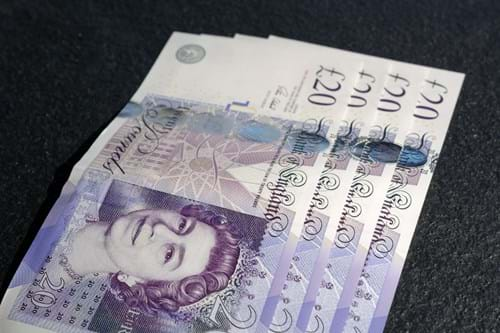
Cash
Cash has been around for thousands of years and is one of the earliest recorded forms of currency.
Despite its long history, cash has become less and less used with the rise of newer and more innovative methods of payment. In our findings, cash was only the third-most preferred way of paying (17%), overtaken by contactless and mobile wallets.
Historically, it was convenient for everyday lower-value purchases — like that chocolate bar from the corner shop. It’s quick to use and you get your money there and then. Plus, 52% of people who prefer cash said that it helps them stick to a hard spending limit and stops them from overspending when in a shop.
However, fewer people have cash on-hand these days. We found that nearly 1 in 3 people admit to never carrying it.
Cheque
Cheques are becoming a dying breed and their prevalence drops year on year, with their usage falling by 19% from 2021 against 2020.
For those who don’t know, they’re essentially a paper voucher linked to a current account and are typically used to pay bills or tradespeople. A cheque contains a nine-digit code that refers to the holder’s bank provider and account number. Once a cheque is written, the payee must deposit the paper slip to their bank to initiate the transaction.
Using cheques is pretty straightforward and free of charge, but it’s up to the person writing the cheque to ensure there’s enough money in their account to cover the cost. You should never accept a cheque from someone you don’t trust.
How to choose the right payment method for your business
When it comes to selecting the right payment methods to offer your customers, several factors should be taken into consideration. Not all payment methods will work for all merchants and their demographic, so conducting thorough research into your customers' needs and how to optimise their payment experience is key. Here are points to consider for choosing the best payment method for your business:
- Location – The geographical location of your business and its target audience can play a role in deciding which payment options to offer as they can vary across regions and countries. It’s worth first finding out which options are available in the areas your business operates, before looking into what the most widely accepted and familiar methods are to your customers.
- Business model – Consider your business model and the specific needs of your customers. Are you a subscription-based service, an e-commerce platform, or a traditional retail store? Subscription-based businesses may find recurring billing solutions and automatic payments beneficial, while ecommerce platforms must focus on secure online payment gateways and seamless checkout experiences.
- Purchase method – Are most of your transactions conducted online, in-store, or a combination of both? Online businesses may benefit from offering digital payment methods, such as credit cards, digital wallets, and Buy Now, Pay Later. Whereas, brick-and-mortar stores may need to prioritise card payments, contactless options, and even cash.
- Security and compliance – Security and compliance should be a top consideration when selecting payment methods. Ensure your options are secure and adhere to industry standards and regulations. Compliance with relevant data protection and privacy regulations is crucial to protect both your business and your customers' sensitive information. Find out more about card payment security and Strong Customer Authentication (SCA) compliance here.
- Scalability and integration – The goal of any business is to grow, and your payment methods should be included in these plans. Think about the scalability and integration capabilities of the payment methods you choose: will they support your growth plans and future expansion? Look for flexible, adaptable solutions that can seamlessly integrate with your existing systems, whether it's your website, point-of-sale (POS) systems, or mobile applications.
If you want help accepting different payment methods, we’ve got you covered. From contactless, mobile, and online to phone payments and pay by link, get in touch with our team of experts today at 0808 274 2017 to find out how we can help.




